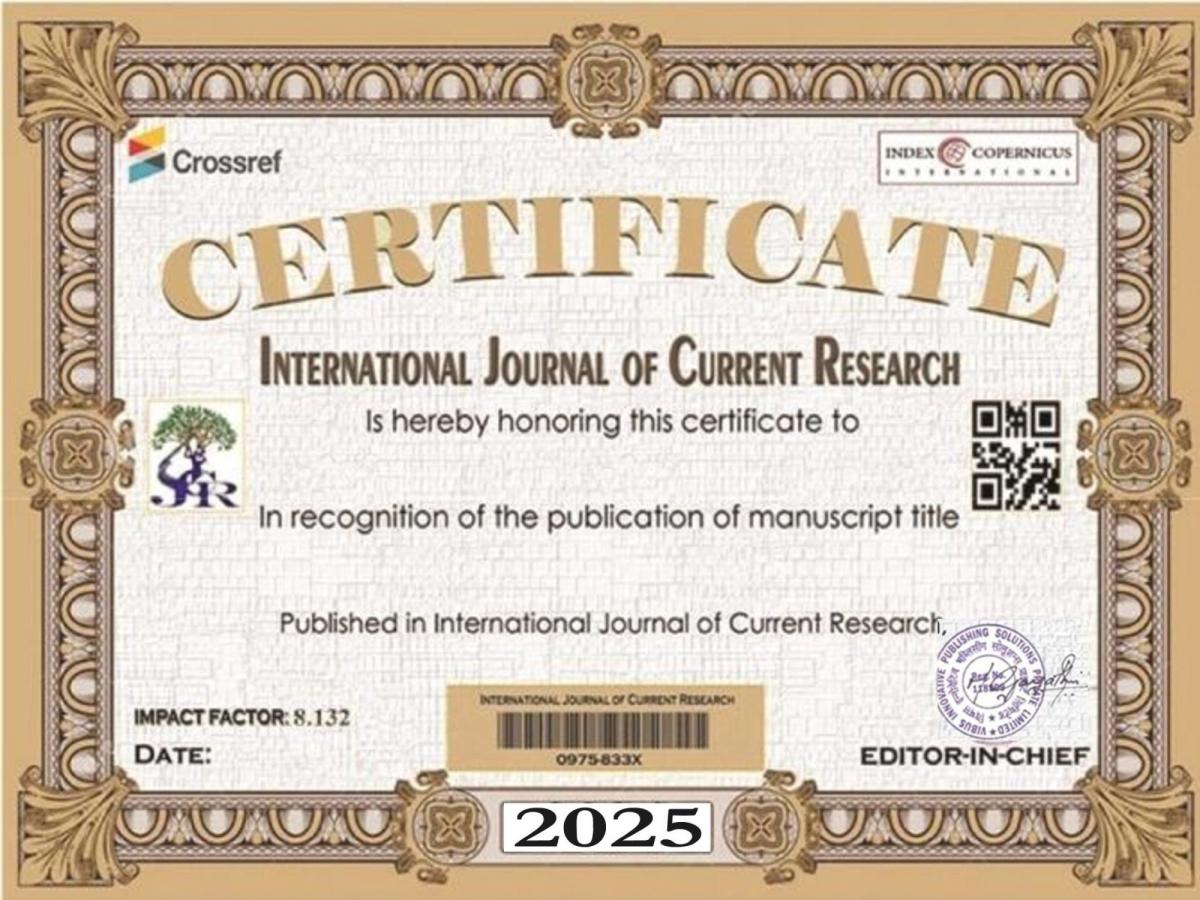Cinnamomum verum belongs to the family Lauraceae, genus Cinnamomum, and species Cinnamomum zeylanicum or Cinnamomum verum. Local Common Names are Cannalavangapattai, dalchini, elavagnum, karuva, karuwa, tamalapatra, twak, vayana. Common Name(s) are Ceylon cinnamon, Ceylon cinnamon tree, Cinnamon, Cinnamon bark tree, Kayu Manis, True cinnamon. Indian Name of Spices are in Hindi : Dalchini, Darchini, Bengali : Dalchini, Gujarati : Dalchini, Kannada : Lavangapattai, Malayalam : Karuvapatta, Marathi : Dalchini, Oriya : Dalchini, Punjabi : Dalchini, Sanskrit : Darushila, Tamil : Karuvapattai, Sannalavangapattai, Urdu : Dalchini. Cinnomon has long been valued as a spice which was used by the ancient Egyptians in embalming mummies (mummification), witchery and the manufacture of perfumes and malabathrum oil. Chinese also use cinnabar in preserving the body of the dead. In Sri Lanka, cinnamon has originated in the central hills where several species of related taxa occur, especially in places such as Kandy, Matale, Belihull Oya, Haputale and the Sinharaja forest range (Ranatunga et al., 2003). Currently, cinnamon cultivation is concentrated along the coastal belt stretching from Negom to Matara. The bulk of the cinnamon plantation is about 70-80 years old, most of which belongs to small holders. Only about 10% of the plantations exceed 8-10 ha. Sri Lanka commands about 60% of the world export market and exports about 7,000 t of quills and chips per year, apart from cinnamon leaf oil and bark oil. Cinnamon is a valuable spice that is obtained from the bark of an evergreen tree (Cinnamomum zeylanicum) that belongs to the Laurel family. Cinnamon is native to Sri Lanka, Myanmar (Burma) and the southern coastal strip of India. The crop now grows in South America and the West Indies, the Seychelles and Reunion. The best quality cinnamon is produced in Sri Lanka. Cinnamon gets its distinctive smell and aroma from a volatile oil that is in the bark. The oil can be distilled from off-grade bark, leaves and roots. Cinnamon must be dried before it is stored and sold for market. This brief outlines the important steps that should be taken pre-harvest and post-harvest to ensure that the dried cinnamon is of top quality for the market. Cinnamomum verum (Lauraceae) is grown in several Asian countries, particularly in Sri Lanka and Southern India. Cinnamon is a traditional folk herb that can be found in Korea, China, and Russia. Cinnamon has been used by various cultures all over the world for ages. Cinnamon comes in two varieties: Cinnamomum zeylanicum and Cinnamon cassia, both of which are obtained from the inner bark of the tropical evergreen plant Cinnamomum zeylanicum. Cinnamon was one of the first known spices. In ancient Egyptian times, much of the world’s cinnamon came from China. The Romans believed cinnamon's fragrance sacred and burned it at funerals, but it was not popular as a cooking spice. In medieval Europe, cinnamon became a favorite flavor in many banquet foods. It was also regarded as an appetite stimulant, a digestive, an aphrodisiac, and a treatment for coughs and sore throats. In this review article on Origin, Taxonomy, Botanical Description, Genetics and Cytogenetics, Genetic Diversity, Breeding and Cultivation are discussed.





